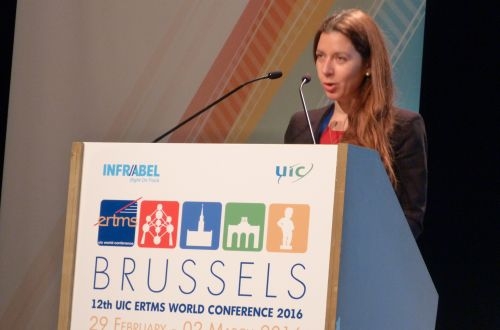"Users should come first, not designers," she said. "We need standardised on-board units, there must be a focus on development, and a reduction in costs.
"Stabilisation is very important to us," Areias continued. "We want to freeze the specification for Baseline 3 for as long as possible."
Areias explained that Baseline 2 is in the Technical Standard for Interoperability (TSI) because there is a strong commitment to protect existing investment in ERTMS. "We expect Baseline 3 to be used on new projects because it corrects the errors in Baseline 2," she said.
"Facilitating deployment is mostly about funding," Areias said. "We can provide grants through our typical instruments such as the successor to TEN-T, the connecting Europe fund. But there is a huge over-subscription every year and we will only pay for interoperable projects."
Areias said that there are many private investors who want to invest so there are opportunities for public-private partnerships.
"But," Areias warned, "if rail doesn't use the funds available the money will go to other sectors."

